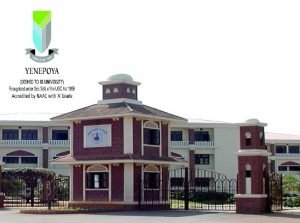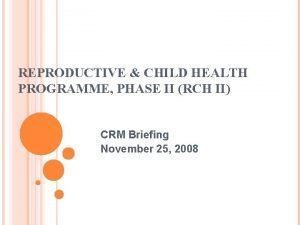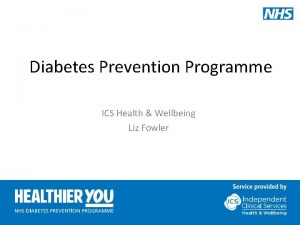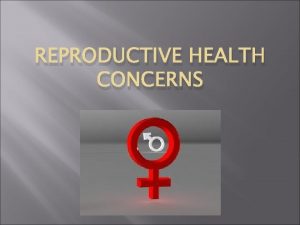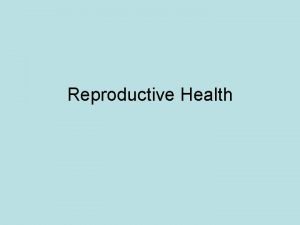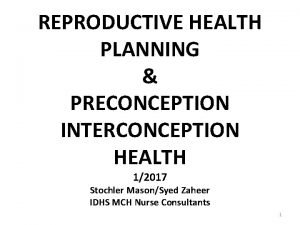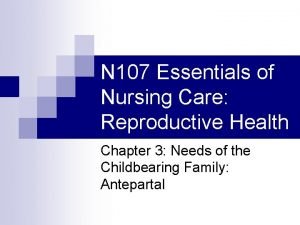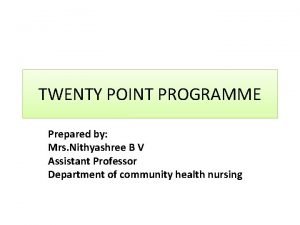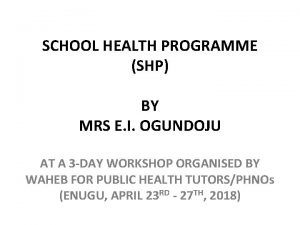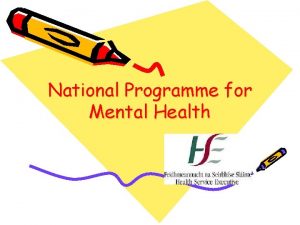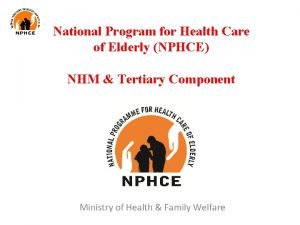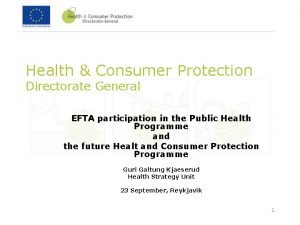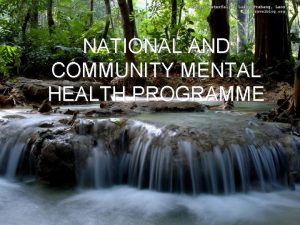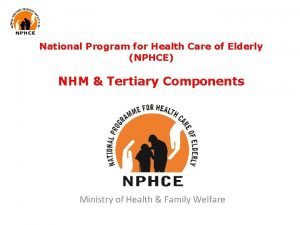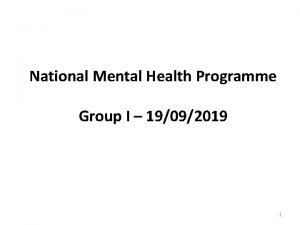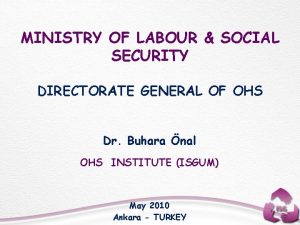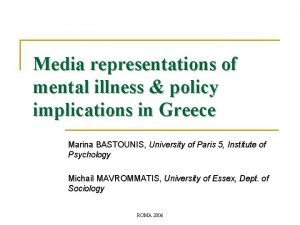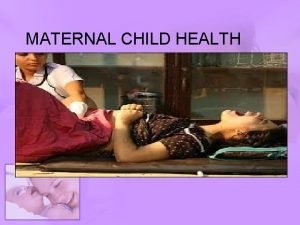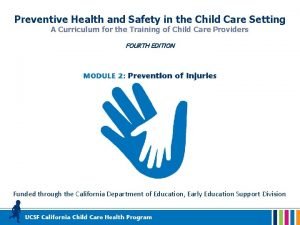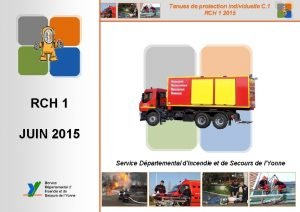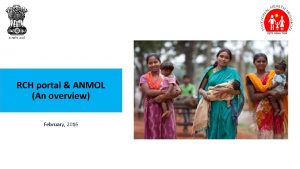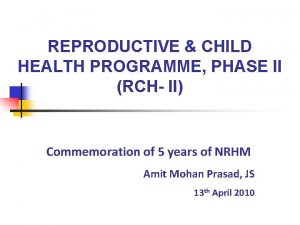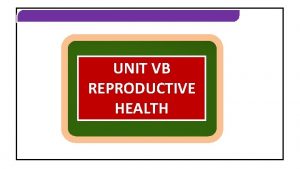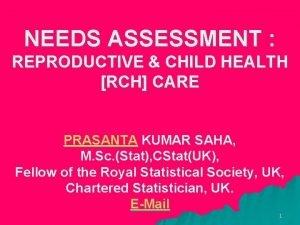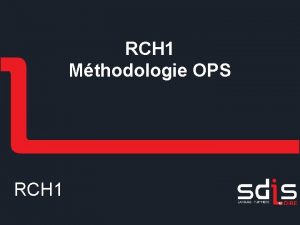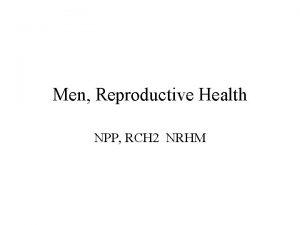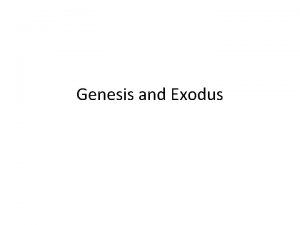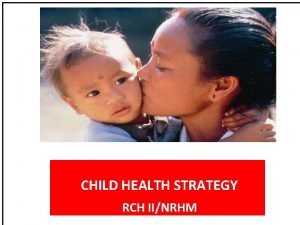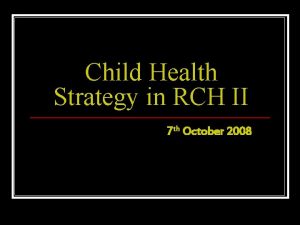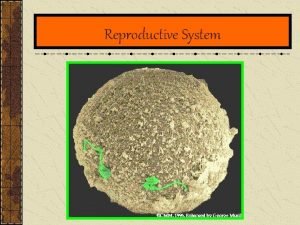Reproductive and Child Health Programme Genesis of RCH




























- Slides: 28

Reproductive and Child Health Programme

Genesis of RCH Program • • • Family Planning Program (1952) Family Welfare Program (1977) UIP (1985) ORT (1990) Child Survival and Safe Motherhood Program (1992) RCH Phase I (1997) NRHM (2005) - RCH Phase II RMNCH+A strategy (2013) National Health Mission (2013) India Newborn Action Plan (2014)

RCH Phase I • To bring down the birth rate < 21/1000 population • To reduce the infant mortality rate < 60/1000 live births • To bring down the maternal mortality rate <400/1, 000 lakh live births • 80%% institutional delivery, 100% antenatal care and 100% immunization of children

The paradigm shift • • Vertical programs Camp oriented Target oriented Quantity oriented Integrated service Client oriented Goal oriented Quality oriented

RCH Phase II 1. Essential obstetrical care • Institutional delivery • Skilled attendance at delivery 2. Emergency obstetric care (Em. OC) • Operationalising FRUs • Operationalising PHCs and CHCs round the clock 3. Strengthening referral system

First Referral Unit (FRU) • 24 hours delivery services • Emergency obstetric care (Surgical interventions) • New born care and emergency care of the sick child • Full range of family planning services • Safe abortion services • Treatment of RTI and STI • Blood storage facility • Essential laboratory services • Referral (transport) services

Janani Suraksha Yojana (JSY) • Safe motherhood intervention under NRHM • To reduce maternal and neonatal mortality by promoting institutional delivery among the poor pregnant women • 100% centrally sponsored scheme • Integrates cash assistance with delivery and postdelivery care • ASHA - effective link in 10 LPS (8 EAG states, Assam, J&K) and the remaining NE States • AWWs and TBAs/ASHA like activist - other states & UTs

• Tracking each pregnancy • PHC should mandatorily prepare a micro-birth plan Category Rural area Total Mother's ASHA'S package LPS HPS 1400 700 600 2000 1300 Urban area Total Mother's ASHA'S package packag e 1000 400 1400 600 400 1000 • LPS – all births, HPS – only 2 live births

Janani Shishu Suraksha Karyakram (JSSK) • More than 25% women hesitate to access health facilities • Not willing to stay for 48 hours • High out of pocket expenditure (user charges, purchase from market, Caesarean section charges, diet, transport)

Free Entitlements for pregnant women Cashless delivery/C-Section Drugs, consumables & diagnostics Diet during stay in the health institutions Provision of blood Exemption from user charges Transport from home to health institutions & drop back after 48 hrs stay • Transport between facilities in case of referral • • •

Free entitlements for sick newborns/infants Treatment Drugs, consumables & diagnostics Provision of blood Exemption from user charges Transport from home to health institutions & drop back • Transport between facilities in case of referral • • •

Vandemataram scheme Voluntary scheme Providing safe motherhood services Vandemataram logo IFA, oral pills, TT injections provided by govt. • Referral to govt. facilities for cases requiring special care and treatment • •

Pradhan Mantri Surakshit Matritva Abhiyan

RMNCH+A Framework

Rationale of RMNCH+A strategies • reproductive, maternal, and child health cannot be addressed in isolation • focuses on what the health delivery system can do to help achieve MCH goals • provide an understanding of comprehensive approach to improve child survival and safe motherhood

Goals related to RMNCH+A approach • Reduction IMR to 25 per 1000 live births by 2017 • Reduction in MMR to 100 per 1 lakh live births by 2017 • Reduction in TFR to 2. 1 by 2017


Adolescent health • Adolescent nutrition; iron and folic acid supplementation • Facility-based adolescent reproductive and sexual health services (Sneha clinics) • Information and counseling on adolescent sexual reproductive health and other health issues • Menstrual hygiene • Preventive health checkups

Pregnancy and childbirth • Delivery of antenatal care package and tracking of high-risk pregnancies • Skilled obstetric care • Immediate essential newborn care and resuscitation • Emergency obstetric and new born care • Postpartum care for mother and newborn • Postpartum IUCD and sterilization • Implementation of PC & PNDT act

Newborn and child care • Home-based newborn care and prompt referral • Facility-based care of the sick newborn • Integrated management of common childhood illnesses (diarrhoea, pneumonia and malaria) • Child nutrition and essential micronutrients supplementation • Immunization • Early detection and management of defects at birth, deficiencies, diseases and disability in children (0– 18 years) [RBSK]

Through the Reproductive Years • Community-based promotion and delivery of contraceptives • Promotion of spacing methods (interval IUCD) • Sterilisation services (vasectomies and tubectomies) • Comprehensive abortion care (includes MTP Act) • Prevention and management of sexually transmitted and reproductive infections (STI/RTI)

Health system strengthening • Caseload based deployment of HR at all levels • Ambulance, drugs, diagnostics and treatment commodities • Health education, demand promotion and behaviour change communication

• Supportive supervision, use of data for monitoring and review including score card based on HMIS • Public grievance redressal mechanism, client satisfaction and patient safety through all round quality assurance

Cross cutting interventions • • • Bring down out of pocket expenditure ANMs and nurses to provide quality care Address social determinants of health Focus on un served and underserved areas Include difficult areas and performance based incentives

Monitoring and Evaluation • Civil registration system • Web enabled Mother and Child Tracking System (MCTS) • Maternal Death Review (MDR) • Perinatal and Child Death Review • Health Management Information System (HMIS) based monitoring and review • Review missions • National surveys

Monitoring RMNCH+A using scorecard • Score card is a simple management tool for converting available HMIS information into actionable points and assists in comparative assessment of district and block performance • 16 indicators selected based on life cycle approach representing various phases

• Indicators that reflect key outcomes such as full antenatal care, institutional deliveries, sterilization procedures, IUCD insertion, full immunization, child deaths due to diarrhoea and acute respiratory infections, and maternal deaths

• Process indicators such as postnatal home visits for mothers and newborns, newborns admitted to SNCUs, number of caesarean sections
 Objectives of rch
Objectives of rch Role of nurse in rch phase 2
Role of nurse in rch phase 2 All national programme list
All national programme list Rch phase 1
Rch phase 1 Ics health and wellbeing diabetes prevention programme
Ics health and wellbeing diabetes prevention programme Inguinal
Inguinal What is the definition of reproductive health
What is the definition of reproductive health Interconception definition
Interconception definition Height of fundus during pregnancy
Height of fundus during pregnancy 전위 순회
전위 순회 20 point programme in community health nursing
20 point programme in community health nursing School health programme
School health programme Mental health programme
Mental health programme Nphce program
Nphce program Minus type desk
Minus type desk National health programme
National health programme National health programme
National health programme Blanket referral in dentistry
Blanket referral in dentistry Objectives of community mental health
Objectives of community mental health Nphce
Nphce National mental health programme
National mental health programme Health and safety conclusion
Health and safety conclusion Conclusion of health and disease
Conclusion of health and disease National policy and legislation
National policy and legislation History of maternal and child health
History of maternal and child health Mch indicators full form
Mch indicators full form Preventive health and safety in the child care setting
Preventive health and safety in the child care setting Tenue type 1 rch
Tenue type 1 rch Nrhm rch portal
Nrhm rch portal
